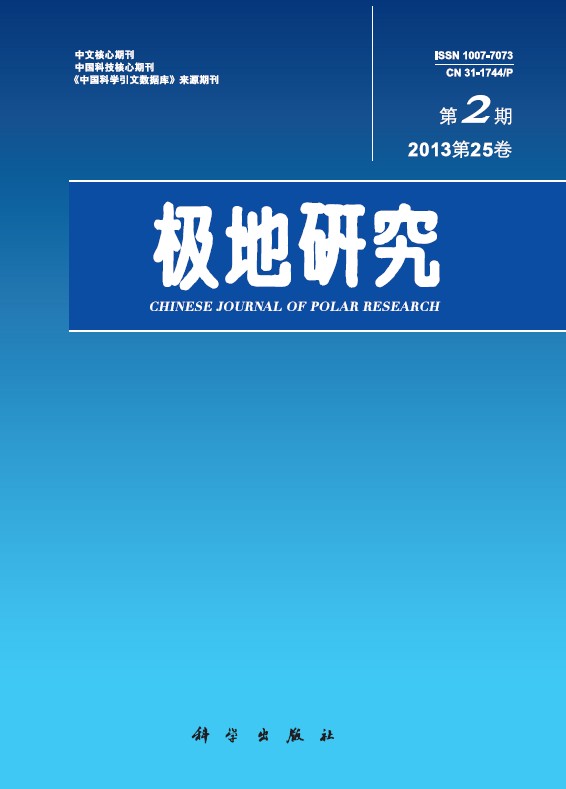|
|
SPATIAL AND TEMPORAL VARIATIONS IN CO2, CH4 AND N2O CONCENTRATION IN NY-ÅLESUND, SVALBARD
Chen Qingqing,Zhu Renbin,Xu Hua
2013, 25 (2):
150-160.
DOI: 10.3724/SP.J.1084.2013.00150
During the summers of 2008 and 2009, total 239 gas samples were collected using vacuum flask from the sites in different tundra areas, including bird sanctuary, beach tundra, mining area, human activity area, etc. in Ny-Ålesund, Svalbard, Norway. The concentrations of carbon dioxide (CO2), methane (CH4) and nitrous oxide (N2O) in these gas samples were determined by gas chromatography in the laboratory, the spatial and temporal variations of their concentrations were analyzed, and the factors affecting their concentrations were also analyzed in this study. The diurnal mean CO2 and N2O concentrations in summer 2008 were about 30 ppm and 25 ppb higher than those in summer 2009 at the sites in the bird sanctuary. The mean CO2 concentration at the sites in beach tundra were 30 ppm higher in summer 2008 than in summer 2009 while the mean N2O concentration was 11 ppb lower in summer 2008 than in summer 2009. The CH4 concentration in summer 2008 was 0.7 ppm lower than that in summer 2009 at the bird sanctuary, vice versus for the sites in the beach tundra. These interannual variation of greenhouse gases concentrations might be related to environmental conditions. High seabird activity sites (HB) showed lower CO2 concentrations than medium and low seabird activity sites (MB and LB) in bird sanctuary. Overall the mean concentration of CO2 in the bird sanctuary was lower than that in the beach tundra, but higher N2O concentration occurred there, indicating that CO2 uptake and N2O emission might be associated with seabird activities. The deposition of seabird guano supplied much organic carbon, nitrogen into local soils, and further stimulated tundra vegetation growth, which might increase tundra CO2 sink and N2O emission. Overall the mean concentrations of CO2 and CH4 in Ny-Ålesund were higher than the averages monitored in ZEP (Zeppelin Station), whereas the mean N2O concentration was lower than the average in ZEP. In addition, the mining area and human activity areas around the base and airport did not show evidently higher atmospheric concentrations of CO2, CH4 and N2O concentration.
References |
Related Articles |
Metrics
|

